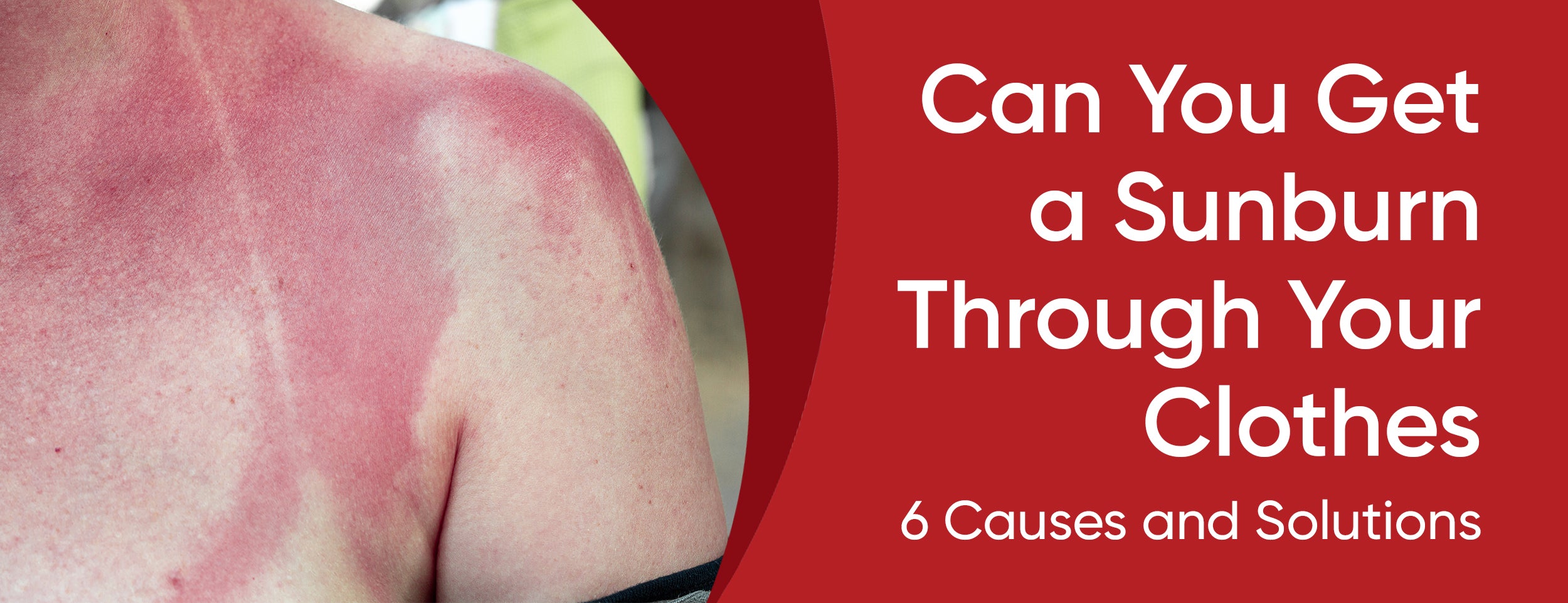UV, the frequency range of ultraviolet light responsible for sunburn, is absorbed by water. To Ensure sufficient protection, several meters of water are required. Even with half a meter of water, 40% of UV can still penetrate, and the cooling effect of the water diminishes one's awareness of the Sun.
As the sun reflects off the ocean (or lake or swimming pool), its rays are intensified and are more likely to burn your skin. A light cloud can scatter UV radiation, causing it to reflect off surfaces like buildings, concrete, sand, and water.
In this blog post, we’ll explore why it is easy to get a sunburn while swimming, the factors contributing to sunburn while swimming, and how to prevent sunburn while swimming.
Why Is It Easy to Get a Sunburn While Swimming: 7 Reasons

When you are in the water, it might seem like you are protected from the sun's harmful UV rays, but you are more vulnerable to sunburn. The following factors make it easy to get a sunburn while swimming:
Reflection of Sunlight on Water
There is a risk of sunburn if the skin is exposed to UV radiation from the sunlight. The excellent reflectivity of the water surface (up to 80%) can magnify sun rays, penetrating the skin's upper layer. The reflection of the water can, therefore, increase the risk of sunburn, particularly between 10 a.m. and 4 p.m. during peak sun hours.
Chlorine in Pool Water
There is chlorine in swimming pools to kill germs and bacteria. However, it can also strip natural oils from the skin and cause dryness, making it more sensitive to UV radiation. Chlorine can react with UV rays and produce harmful chemical compounds that may damage the skin further.
Length of Swimming Time
The duration of swimming time under the sun also contributes to sunburn. Spending long hours in the water without reapplying sunscreen can amplify the risk of burning. Applying sunscreen 30 minutes before swimming and reapply every two hours or as needed is advisable.
Lack of Sunscreen Protection
Sunscreen should be applied even on cloudy days because UV rays can penetrate the clouds. However, many people must remember to apply or reapply sunscreen when swimming. Using waterproof sunscreen with a high SPF level can provide optimal protection against sunburn while swimming.

Movement in the Water
When swimming, the action can displace the sunscreen from the skin's surface, leaving it vulnerable to sunburn. This scenario is typical for individuals who swim for extended periods. Applying a thicker layer of sunscreen can be beneficial in this situation.
Inadequate Sunscreen Protection
Although sunscreen is essential for outdoor activities, it can be easily washed off or rubbed off by the water. People often forget to reapply the sunscreen after getting into the water, leading to unprotected skin and sunburn. In addition, using sunscreen with a lower SPF than recommended or applying it too thinly can also contribute to the likelihood of sunburns.
Skin Type and Sensitivity
Skin type and sensitivity can also affect how prone someone is to getting sunburns while swimming. Sunburn is more likely to occur in people with lighter skin tones, red or blonde hair, and blue or green eyes. People with pre-existing medical conditions, such as lupus or dermatitis, are often advised to avoid sun exposure or use protective clothing and sunscreen.
7 Tips for Preventing Sunburn While Swimming

Take steps to prevent sunburn. Swimming is crucial for your skin's health. Here are some tips you should follow to reduce your risk of sunburn:
- Sunscreen Application: Apply a broad-spectrum sunscreen with an SPF of 30 or more 15 minutes before swimming. Every two hours, reapply sunscreen if you're swimming or sweating.
- Choosing the Right Type of Sunscreen: Look for a water-resistant sunscreen specifically designed for outdoor activities like swimming, surfing, and paddle boarding.
- Sun-Protective Clothing: Wearing sun-protective clothing, including hats, sunglasses, and long-sleeved shirts, can provide additional protection from the harmful effects of UV rays. Consider purchasing swimwear with an integrated SPF rating.
- Limiting Sun Exposure: Avoid swimming during peak daylight (10 am to 4 pm) since UV rays are the strongest. Take breaks from swimming and find a shady spot to rest and reapply sunscreen.
- Staying Hydrated: During swimming, it is highly recommended to drink lots of water to keep your skin hydrated and reduce your risk of heatstroke and dehydration.
- Seek Shade: If possible, stay in the shade while swimming. This can be achieved by swimming under trees, umbrellas, or other shade forms.
- Take Breaks: Take frequent breaks from swimming to give your skin a chance to cool down and protect itself from the sun.

Conclusion
A sunburn can quickly ruin summer fun, but avoiding it is easy. The best way to protect yourself from sunburn while swimming is to wear sunscreen with a high SPF, reapply every two hours, and wear protective clothing such as hats, shirts, and shorts made from fabrics that block UV radiation.
Remember, while swimming is a fantastic way to stay calm during a hot day, the sun's rays have a powerful impact on your skin. Enjoying the sunshine safely and feeling beautiful, healthy, and happy is easy.

![The 7 Factors That Make Swimming a Sunburn Risk [7 Prevention Tips]](http://drnumb.com/cdn/shop/articles/Why_Is_It_Easy_to_Get_a_Sunburn_While_Swimming__7_Reasons_7_Safety_Tips.jpg?v=1703674177&width=1100)


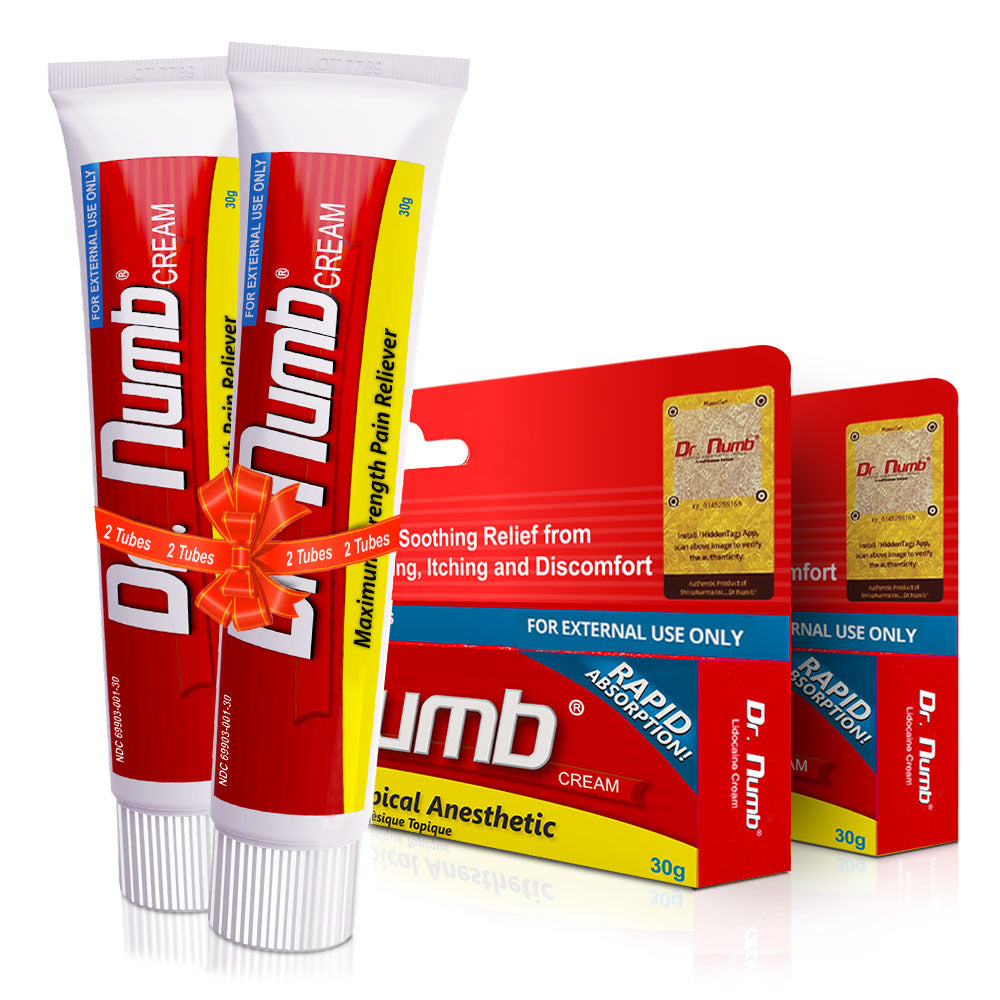

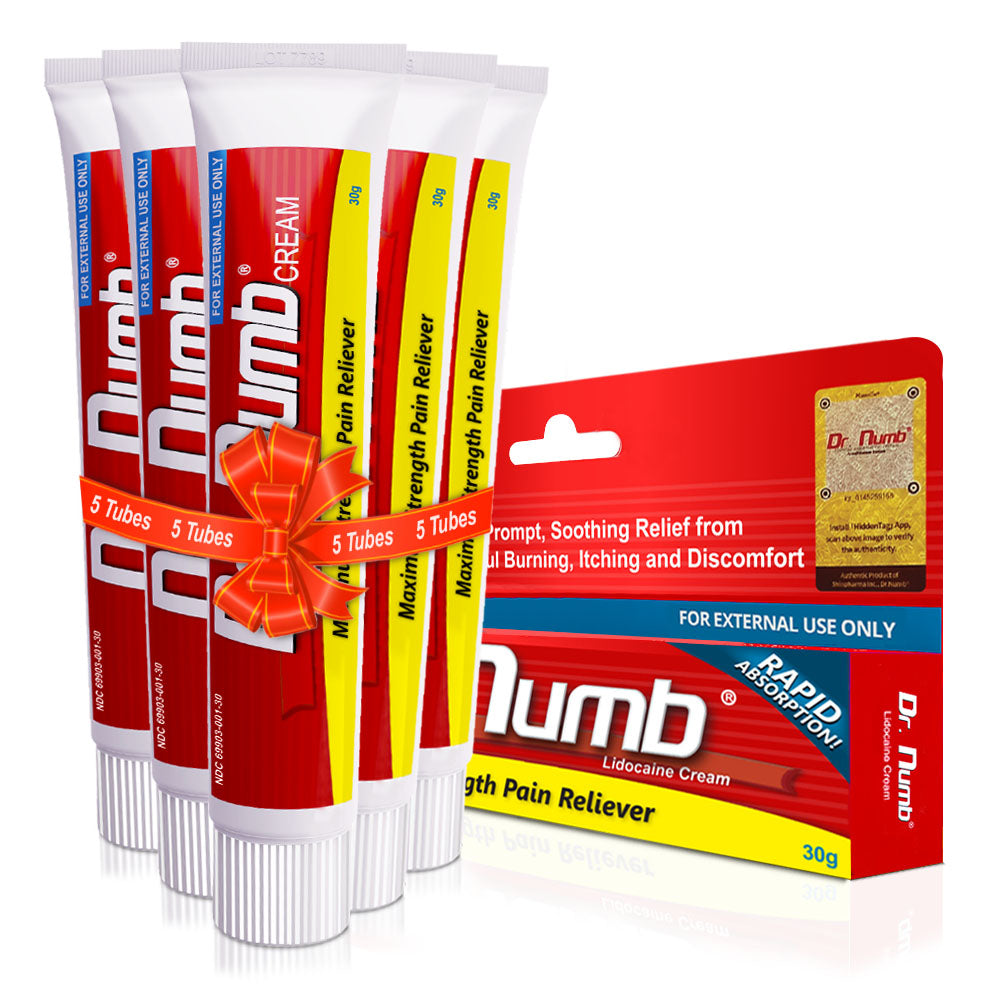
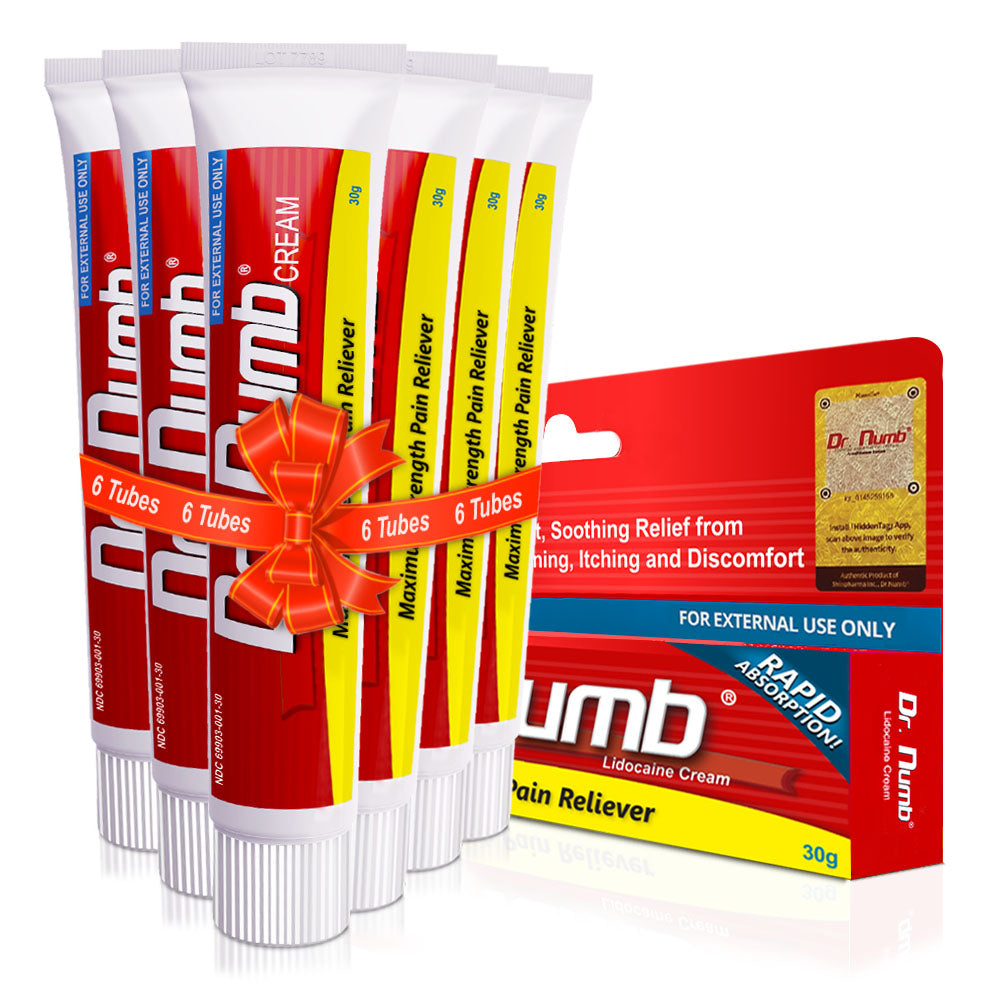
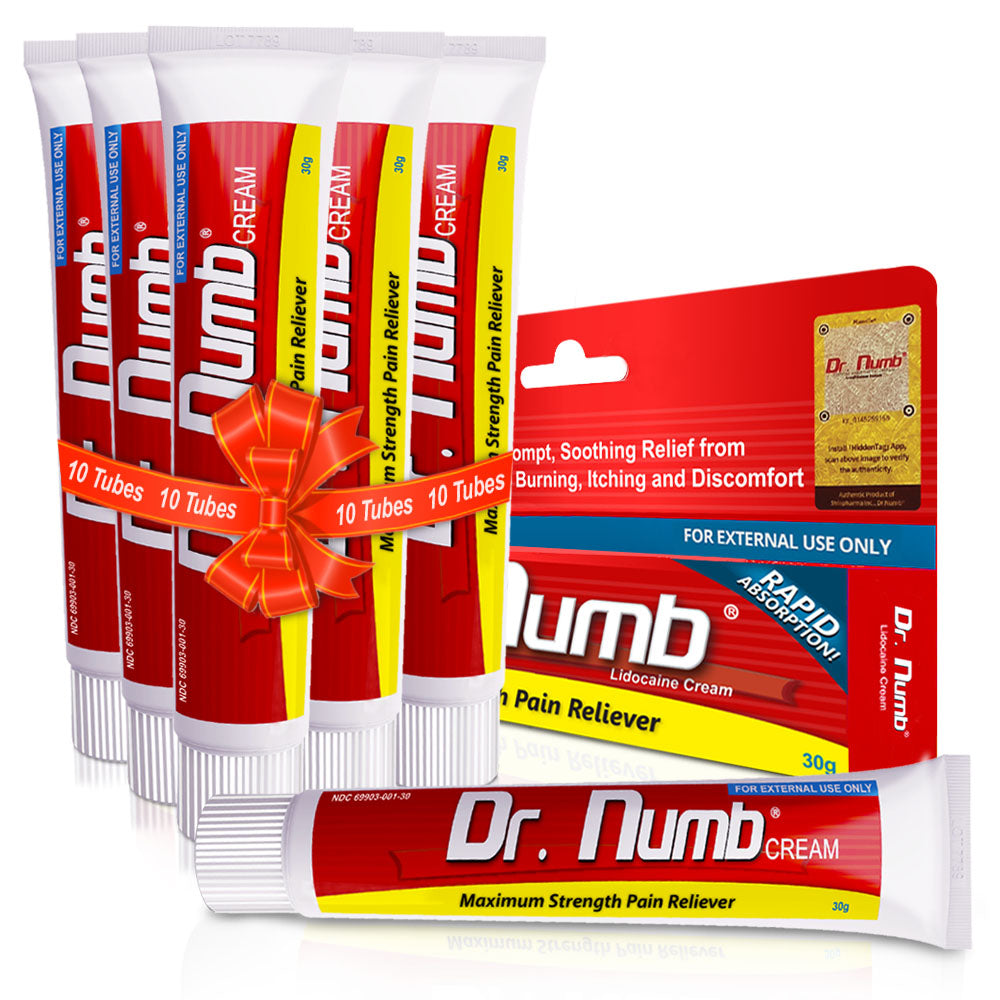
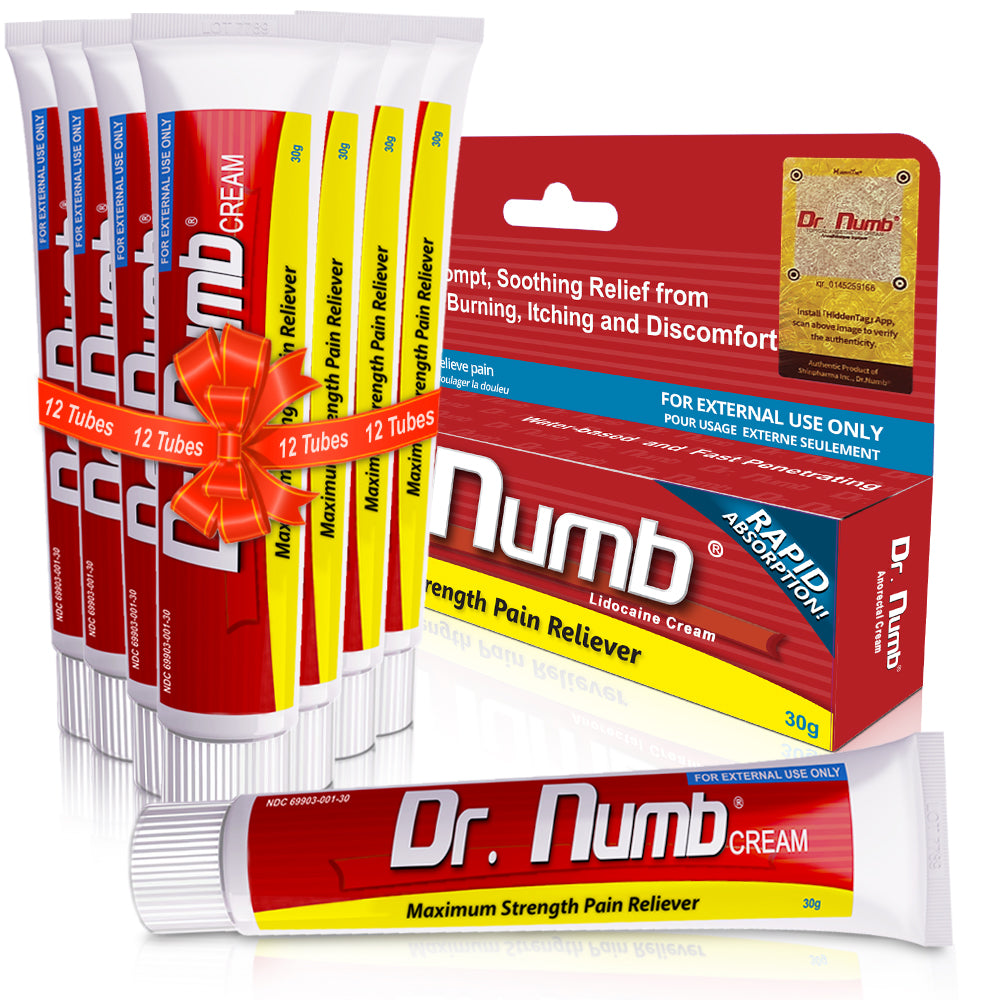






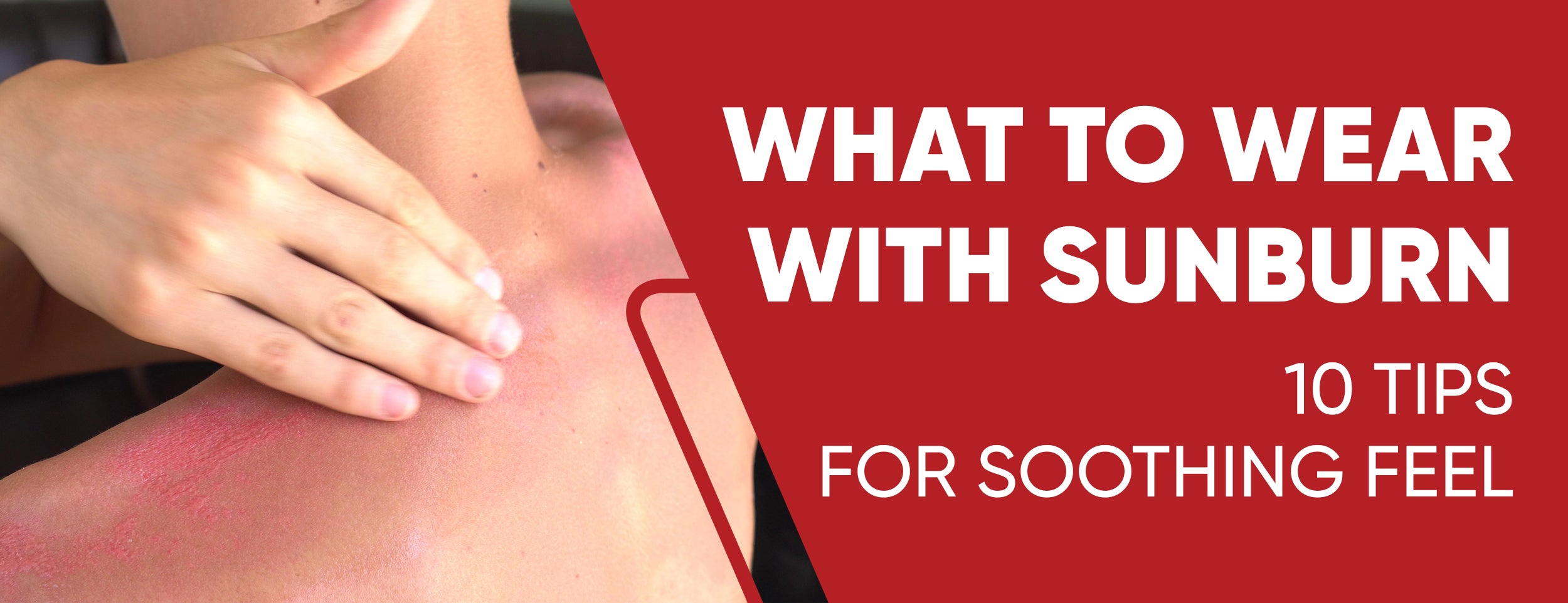
![How to Cover Sunburn With Makeup: 15 Ideas [Easy Solutions]](http://drnumb.com/cdn/shop/articles/How_to_Cover_Sunburn_With_Makeup__15_Ideas_Easy_Solutions.jpg?v=1705581434)
